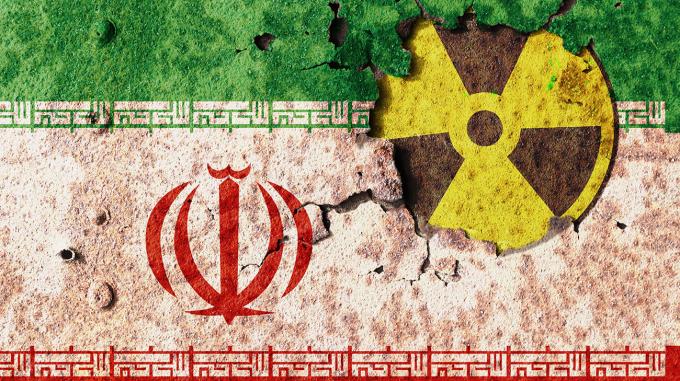European analysts say: US failed to destroy Iran’s nuclear stockpile

According to the latest data received by European governments from intelligence agencies, the US has failed to completely destroy Iran’s stockpile of enriched uranium. This contradicts the arrogant statements of the US administration and casts doubt on the claim that Iran’s nuclear program has been completely dismantled after the recent US strikes on its main facilities. As the Financial Times reports, citing two unnamed senior officials close to the process, intelligence agencies have their own data indicating that Iran’s stockpile of highly enriched uranium has remained virtually unchanged and has been concentrated in various storage facilities, and not in one place, as official US sources have claimed. According to estimates, since the beginning of the recent air strikes, about 408 kg of uranium enriched to a level that allows the production of nuclear weapons remained in the country. However, the weekend attack, which targeted Fordow, one of the two main sites of Iran’s nuclear program, did not destroy or significantly damage these stocks. European government sources said intelligence indicated that these stocks were distributed across the country, including and likely even before the strikes began. They cast doubt on US President Donald Trump’s claim that the bombing “destroyed” Iran’s nuclear program. According to the interlocutors, all three parties – both in the US and the EU – are currently awaiting a full and detailed intelligence report on the extent of the damage. One source said that preliminary data indicated “significant damage” but not complete destruction of the sites. Meanwhile, Iranian officials have suggested that the enriched uranium stockpile may have been removed by the time of the bombings, which came days after Israeli airstrikes on the country. The United States and Israel have vehemently denied that the attacks have stopped Iran’s nuclear program, while Trump has publicly claimed that his strikes have “set Iran back months.” However, Israel’s Atomic Energy Commission this week emphasized that the U.S. and Israeli strikes have “set back Iran’s nuclear goal” for a long time, possibly years. However, experts warn that even if the stockpile and equipment are partially destroyed, Tehran may still have the ability to quickly restart its nuclear program. They estimate that if Iran continues to stockpile enriched uranium and has access to modern centrifuges — even hidden ones — it could potentially still obtain enough fissile material to build a nuclear weapon in the short term. Last week, the US president compared the recent strikes on Iranian facilities to the bombings of Hiroshima and Nagasaki, stressing that these actions are of a historic scale and their consequences will be quite serious. However, the reality of the situation is more complex, and, according to international analysts, the final picture is still far from complete. Therefore, the need to obtain complete intelligence information for more accurate analysis and further action remains key.

